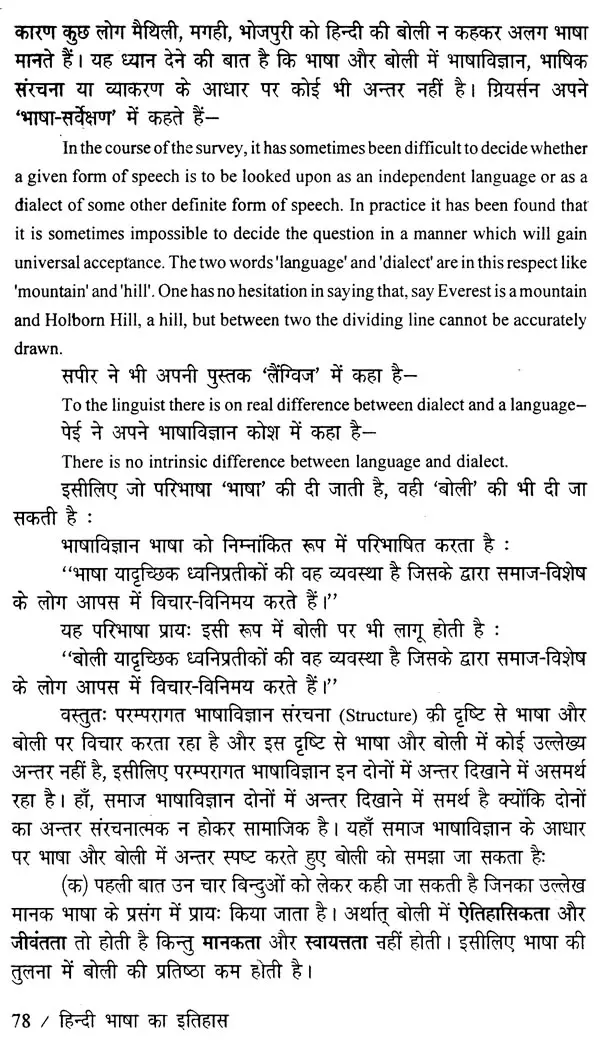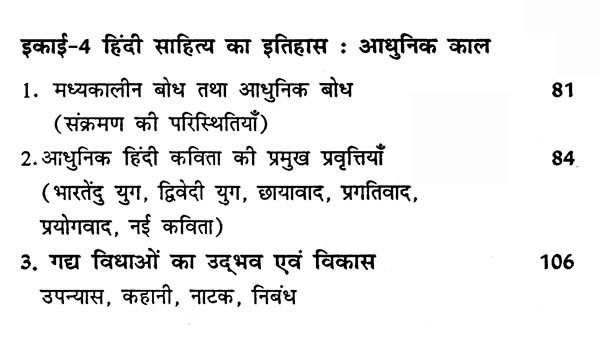
हिंदी भाषा का पहला लेख
[हिंदी भाषा का पहला लेख]

Executive Summary

This article explores the rich history, evolution, and significance of the Hindi language, highlighting its unique features and its role in shaping Indian culture. We delve into its origins, its journey from a regional tongue to the official language of India, and its influence on various aspects of Indian society. The article also touches upon the challenges faced by Hindi in the 21st century and its prospects for the future.

Introduction
Hindi, a language spoken by hundreds of millions across the globe, holds a profound place in the cultural fabric of India. Its roots can be traced back to ancient Sanskrit, and over centuries, it has evolved into a vibrant and expressive language, reflecting the diverse tapestry of Indian society. This article aims to provide an insightful overview of Hindi, exploring its history, evolution, cultural significance, and contemporary relevance.
FAQs
1. What is the origin of Hindi?
Hindi traces its origins back to Sanskrit, the ancient language of the Indo-Aryan people. Over centuries, Sanskrit evolved into Prakrit languages, and one of these, Apabhramsha, ultimately gave rise to the modern Hindi language.
2. Is Hindi a national language of India?
Hindi is one of the official languages of India, alongside English. While it is the most spoken language in the country, India does not have a single national language.
3. What are some of the challenges facing Hindi in the 21st century?
The rise of English as a global language and the dominance of other Indian languages, particularly in certain regions, pose challenges to Hindi’s continued growth.
The History of Hindi
Hindi’s historical journey is a fascinating story of evolution and adaptation.
- Sanskrit Roots: Hindi finds its origins in ancient Sanskrit, a language revered in India for its literary and religious significance.
- Prakrit Languages: Sanskrit gradually gave way to various Prakrit languages, spoken by common people.
- Apabhramsha and the Emergence of Hindi: From the Prakrit languages arose Apabhramsha, a crucial intermediary stage in the development of Hindi.
- Khariboli and Braj Bhasha: These two dialects played a significant role in shaping modern Hindi. Khariboli, spoken in Delhi and surrounding areas, eventually became the basis of standard Hindi, while Braj Bhasha, known for its literary contributions, influenced the language’s poetic expression.
The Evolution of Hindi
Hindi has undergone a remarkable evolution, adapting to changing times and influences.
- Influence of Persian: During the Mughal period, Hindi absorbed numerous Persian words, enriching its vocabulary and adding a new dimension to its expression.
- Standardization of Hindi: The 19th century saw a conscious effort to standardize Hindi, with the development of a standard written form based on the Khariboli dialect.
- Hindi as the Official Language of India: After India’s independence, Hindi was adopted as one of the official languages, alongside English.
- The Rise of Modern Hindi: In recent decades, Hindi has seen a resurgence in popular culture, with a growing presence in movies, television, and music.
The Cultural Significance of Hindi
Hindi plays a vital role in shaping Indian culture, serving as a powerful medium for expressing the country’s diverse heritage.
- Literature: Hindi literature boasts a rich tradition, encompassing poetry, prose, and drama. Renowned authors like Premchand, Harivansh Rai Bachchan, and Munshi Premchand have left an enduring legacy.
- Music: From classical ragas to popular film music, Hindi music has a widespread appeal, capturing the emotions and aspirations of the Indian people.
- Cinema: Bollywood, India’s Hindi-language film industry, is a global phenomenon, showcasing the language’s power to entertain and engage audiences across the world.
- Religious Significance: Hindi is used in religious texts and practices, particularly in Hinduism and Sikhism, further solidifying its cultural importance.
Hindi in the 21st Century
In the 21st century, Hindi faces both opportunities and challenges.
- The Globalization of English: The growing influence of English as a global language presents a challenge for Hindi.
- The Rise of Regional Languages: The resurgence of other Indian languages, particularly in their respective regions, also poses a competitive landscape for Hindi.
- Technological Advancements: The internet and social media offer new avenues for Hindi to reach wider audiences, enhancing its reach and visibility.
- The Future of Hindi: Despite these challenges, Hindi remains a vibrant language with a strong cultural foundation. Its future depends on its ability to adapt to changing times and embrace new technologies while preserving its rich heritage.
Conclusion
From its humble roots in Sanskrit to its current status as one of the official languages of India, Hindi’s journey has been marked by evolution, adaptation, and enduring cultural significance. As a language spoken by hundreds of millions, Hindi continues to play a pivotal role in shaping Indian society, literature, music, and cinema. While challenges remain, particularly in the face of globalization and the rise of regional languages, Hindi’s future holds promise, fueled by its cultural vibrancy and the growing digital landscape.
Keywords
- Hindi Language
- Indian Culture
- Sanskrit Origins
- Evolution of Hindi
- Cultural Significance
